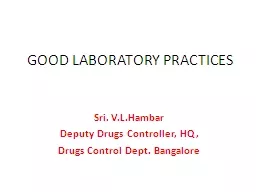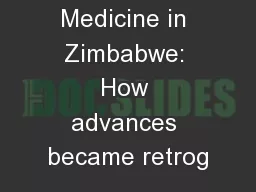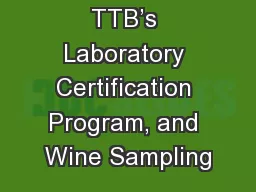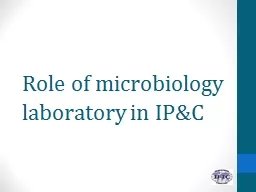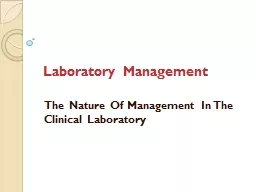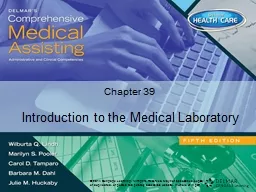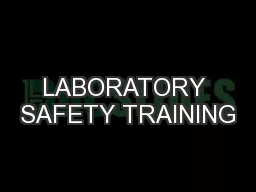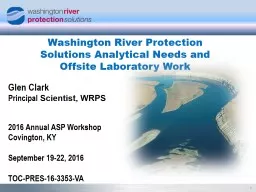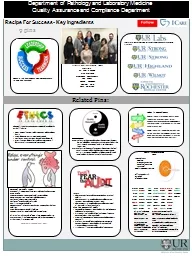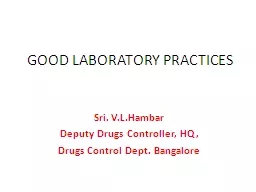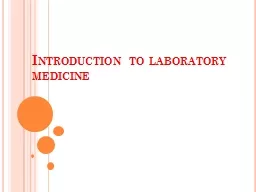PPT-GOOD LABORATORY PRACTICES
Author : natalia-silvester | Published Date : 2016-08-10
Sri VLHambar Deputy Drugs Controller HQ Drugs Control Dept Bangalore INTRODUCTION NUMBER OF COUNTRIES REQUIRE THE MANUFACTURERS TO PERFORM LABORATORY STUDIES
Presentation Embed Code
Download Presentation
Download Presentation The PPT/PDF document "GOOD LABORATORY PRACTICES" is the property of its rightful owner. Permission is granted to download and print the materials on this website for personal, non-commercial use only, and to display it on your personal computer provided you do not modify the materials and that you retain all copyright notices contained in the materials. By downloading content from our website, you accept the terms of this agreement.
GOOD LABORATORY PRACTICES: Transcript
Download Rules Of Document
"GOOD LABORATORY PRACTICES"The content belongs to its owner. You may download and print it for personal use, without modification, and keep all copyright notices. By downloading, you agree to these terms.
Related Documents

